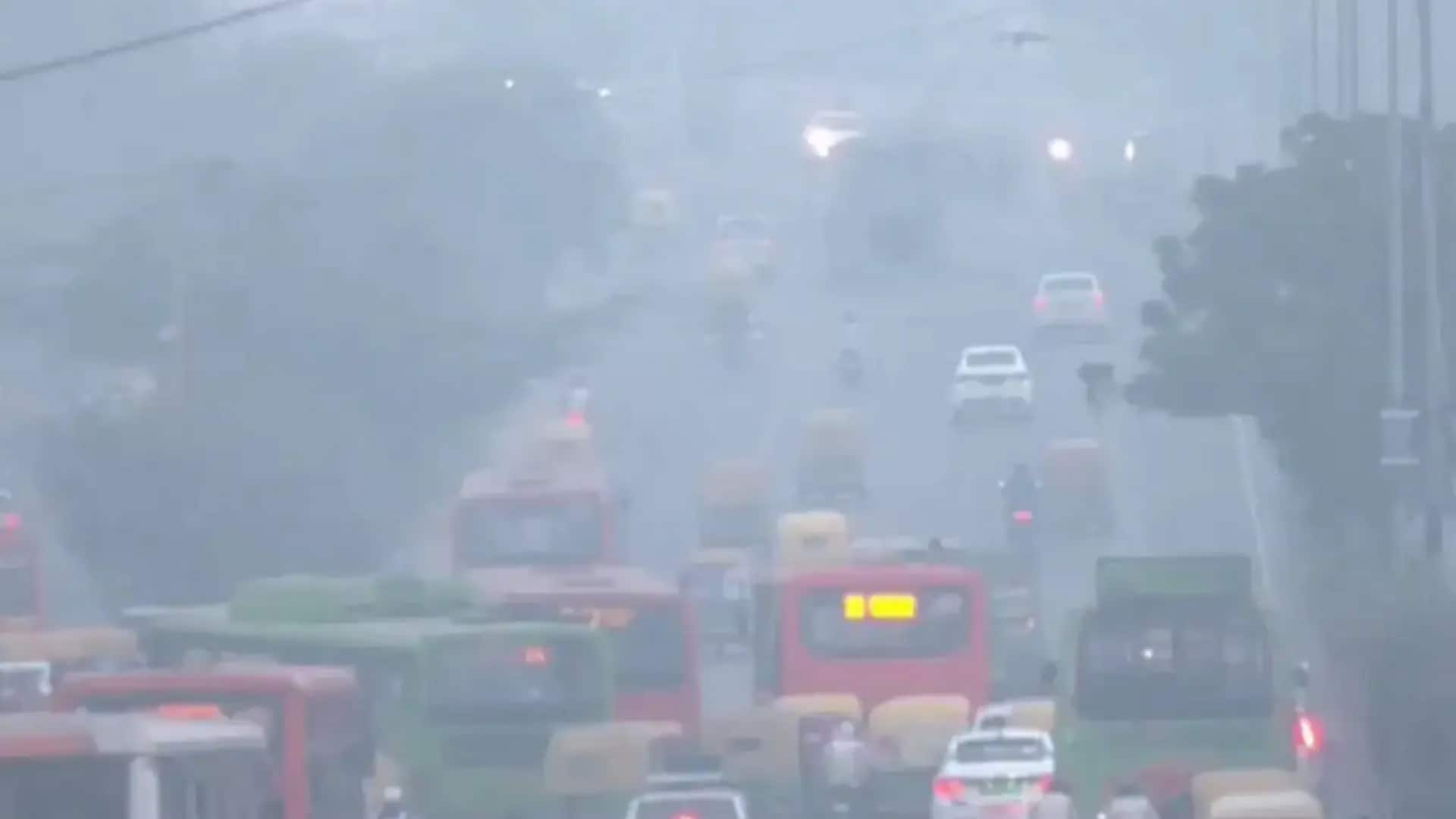
Delhi's air quality remains 'very poor' for 3rd consecutive day
What's the story
Delhi's air quality has remained in the "very poor" category for the third consecutive day on Monday. The Central Pollution Control Board (CPCB) reported a 24-hour average Air Quality Index (AQI) of 316 at 8:00am, an improvement from Sunday when it was recorded at 366 at 4:00pm. On Sunday, the AQI had peaked at a seasonal high of 388 at 10:00am before improving slightly as wind speeds increased to around 10km/h during the day.
Forecast update
Air quality to worsen on Tuesday
However, forecasts indicate that this improvement is likely to be short-lived. The Air Quality Early Warning System (EWS) for Delhi has predicted that the city's air quality will likely deteriorate into the "severe" category on Tuesday before returning to "very poor" levels on Wednesday. The CPCB categorizes AQI levels from 0-50 as "good," 51-100 as "satisfactory," 101-200 as "moderate," 201-300 as "poor," 301-400 as "very poor," and anything above 400 as "severe."
Pollution peak
Last 'severe' air day on December 23, 2024
Delhi has not recorded a "severe" air day this year, with the last one being on December 23, 2024, when the AQI reached 406. Long-term data shows that the city has now entered its most polluted phase of the year. A study by the Delhi Pollution Control Committee (DPCC) found that November 1-15 is usually when AQI levels are highest annually. The second-highest pollution phase generally occurs between December 16-31.
Pollution sources
Stubble burning contributed only 3.5% to pollution
The Decision Support System (DSS) data showed that stubble burning contributed only 3.5% to Delhi's pollution on Sunday, up from a seasonal-high contribution of 9% on Saturday. In previous years, stubble burning had contributed up to 35% during the first week of November. The biggest contributor to PM 2.5 in Delhi was the transport sector (18.13%), followed by Jhajjar (11.2%) and Delhi's residential sector (4.5%). Around 36.8% came from unaccounted sources outside Delhi.